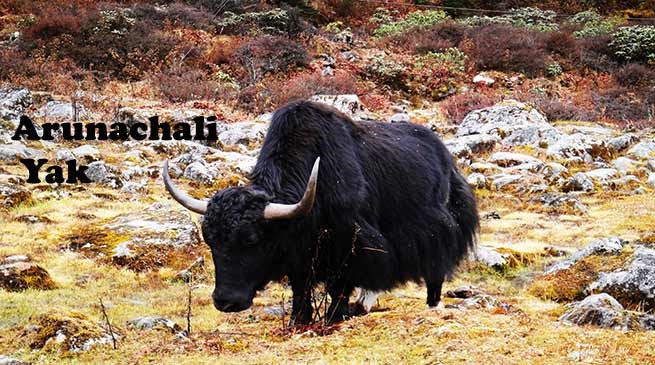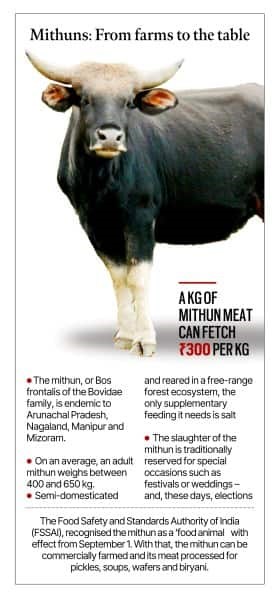Free Courses Sale ends Soon, Get It Now


Free Courses Sale ends Soon, Get It Now



Disclaimer: Copyright infringement not intended.
Context
Details

About Mithun: The Bos Gaurus of Northeast India
Physical Characteristics:
Cultural Significance:
Economic Value:
Conservation Status:
Ecological Role:
Breeding and Farming:
Challenges:
Conclusion
Mithun is a captivating and culturally significant bovine species found in Northeast India. Its role in the livelihoods of indigenous communities, ecological balance, and local traditions make it a species of immense importance that warrants conservation and sustainable management efforts.
|
PRACTICE QUESTION Q. Which of the following statements about Mithun (Bos frontalis) is correct?
A) 1 and 2 B) 2 and 4 C) 3 only D) 3 and 4 Correct Answer: C) 3 only |
© 2024 iasgyan. All right reserved